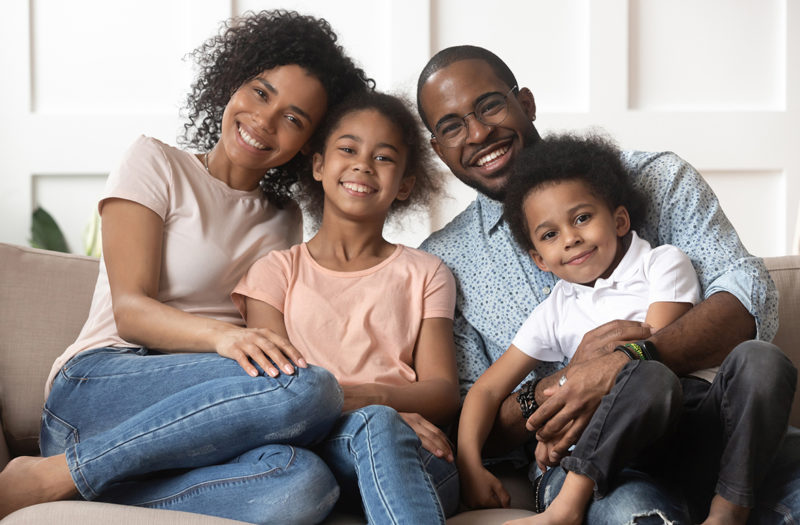When the topic of social media inevitably arises in my conversations about youth suicide with clinicians, policymakers, researchers, parents, and other concerned adults, it is often framed as exacerbating. There is a widespread understanding among older generations that social media is worsening the youth suicide crisis. In fact, nearly every one of these conversations includes statistics linking rising youth suicide rates to increased social media use, such as those informing the 2023 Surgeon General’s Advisory on social media.

As someone who has dedicated a significant portion of my public platform to holding big tech companies accountable for exploiting vulnerable youth and perpetuating the inequities and hierarchies that enable these platforms to monopolize social communication, I cannot deny the systemic harm these companies inflict for profit. I frequently present research from the Center for Countering Digital Hate, which exposes how social media algorithms deliberately expose youth to harmful content to maximize time spent on platforms like TikTok. This research has led advocates to conclude that companies knowingly prioritize profit under a “more time scrolling = more revenue” model despite the harm these algorithms cause.
Intergenerational conversations about these issues are essential to sustaining efforts to make the digital world safer for youth. However, these discussions will remain incomplete, unproductive, and even harmful unless the commitment to addressing social media harms is matched by an investment in understanding how social media can also foster youth resilience and communal care. Those working to create a more just digital and physical world for youth must acknowledge and support young people who are already building safer, more equitable spaces, including through harm reduction and suicide prevention networks on social media.
While many adults I collaborate with within mental health policy spaces enter these discussions armed with stories about the harms of social media, I am often the only person who engages with these platforms daily. This difference in perspective is largely due to my belonging to a younger age demographic. As a result, I am also frequently the only one equipped with an equal number of stories about life-saving harm reduction taking place on social media. I attribute this disparity to the tendency of older generations to engage in a moral panic about “kids these days” and their use of technology, often framing reduced use—or outright elimination—as the solution. Stories of adults “saving” youth from self-destruction spread faster than those of youth saving themselves, largely because older generations often fail to recognize what we truly need.
Proponents of policies restricting youth social media use rather than addressing systemic algorithmic harms, are rarely aware of the stories youth carry about the benefits of harm reduction and communal care. For instance, while countless articles detail the dangers of content promoting self-harm—content I have personally encountered and acknowledged as damaging to my mental health—very little attention is given to content that promotes harm-reductionist and communal-safety-promoting behaviors.
Take, for example, the communities of trans and genderqueer youth creators who, aware of the heightened suicide risks caused by inaccessibility to affirming care, share messages of harm reduction and de-escalation. Creators post statements like: “I know dying may feel like the only way to exert agency right now, and I understand that, but I am staying alive so that those in our future community have more agency than we do.” Or even: “I know hope is hard to see right now, and you’re valid for feeling that way. I’ve given up on hope myself, but I’m staying alive out of spite if I must.”
These videos have sparked discourse online, with creators discussing their impact, urging viewers not to exclude hope and joy from the queer zeitgeist, and centering autonomy in conversations about suicide. Regardless of the specifics, the very existence of this content is revolutionary. It demonstrates that youth recognize the need to look out for each other’s safety and well-being in a world that often neglects us.
This example is just one of many that illustrate how youth are using the same tools of communication that can cause harm to build infrastructures of healing and care. This project—of creating safety and support where none exists—has defined the youth experience throughout history and is one that deserves understanding and support.
Sophie Szew (she/they) is a youth mental health advocate, writer, and Junior at Stanford University. She was appointed by the Secretary of Health and Human Services to advise the federal government on mental health policy as the youngest member of the Substance Abuse and Mental Health Services Administration (SAMHSA) National Advisory Council. Sophie’s storytelling first gained national recognition during the MTV Mental Health Youth Action Forum at the White House, where she met with President Biden and his administration to advocate for systemic mental healthcare justice. Sophie’s lived experience, expertise, and activism have also led them to advise numerous organizations on youth mental health issues, including Mental Health America, Born This Way Foundation, the National Alliance on Mental Illness, and Project Unloaded. In March of 2023, she testified in front of the California State Senate about the need to hold social media platforms accountable for harming youth, and since her social media advocacy has been covered by the Today Show, the LA Times, NBC, CBS News, and has landed her a spot on the 2025 Forbes 30 Under 30 Social Media List. Sophie combines her calls for policy change with poetic storytelling, serving as the inaugural poet for LA Mayor Karen Bass.





